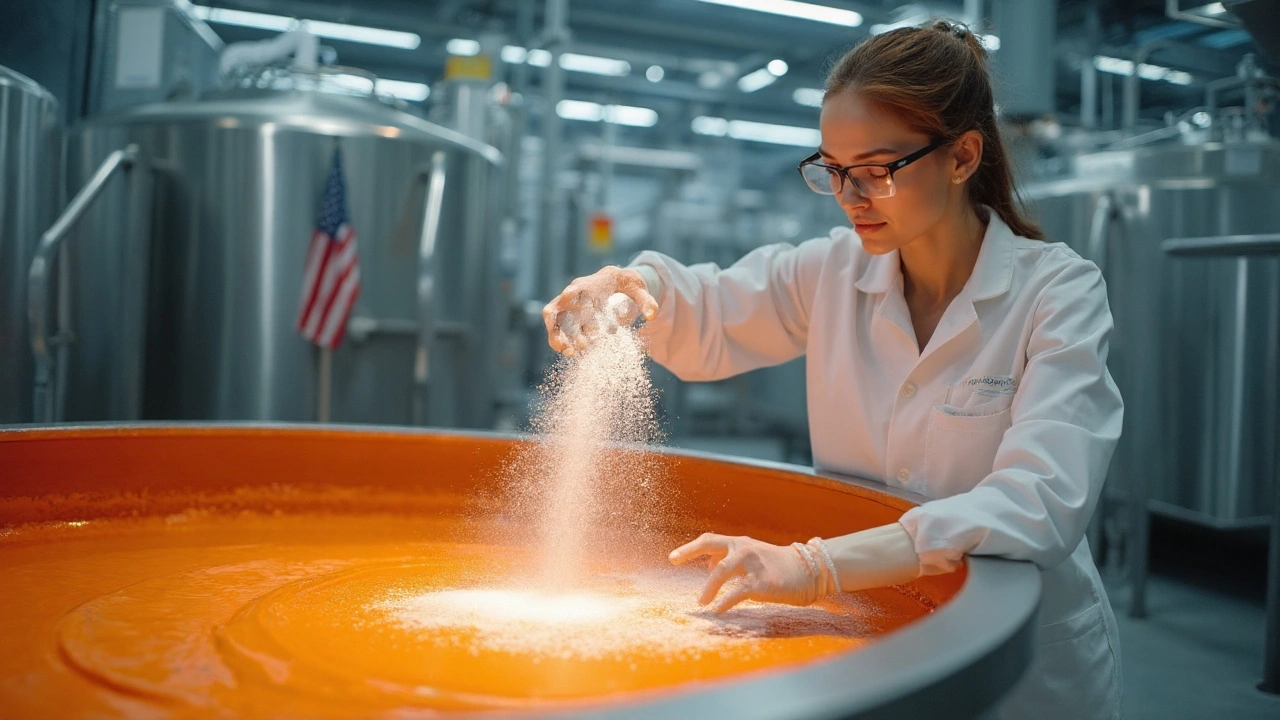Paint Industry Overview: What’s Happening and How to Pick the Right Paint
If you’ve walked into a hardware store lately, you’ve probably noticed a sea of new paint colors and labels touting "low VOC" or "eco‑friendly." That’s the paint industry shifting fast, and you don’t need a chemistry degree to keep up. Let’s break down the biggest trends, safety basics, and simple steps to choose paint that fits your project and budget.
Top Trends Shaping the Paint Market
First off, green is more than a color. Manufacturers are cutting volatile organic compounds (VOCs) to meet stricter environmental rules and to answer consumer demand for healthier indoor air. Water‑based acrylics now dominate because they dry quicker, smell less, and clean up with just water.
Second, technology is getting personal. Apps let you preview paint shades on your phone, and some brands even use AI to suggest complementary colors based on room photos. This makes the buying process faster and reduces the guesswork that used to lead to endless repainting.
Third, durability matters. Consumers want paint that resists mold, scuffs, and fading, especially in high‑traffic areas. That’s why many new formulas include nano‑technology or add antimicrobial agents, offering longer wear without frequent touch‑ups.
Safety Basics You Should Know
Even low‑VOC paints can release fumes if you work in a tight space. Open windows, use a fan, and wear a simple mask if you’re sanding or applying multiple coats. Keep paint out of children’s reach – a sealed can can be a choking hazard or cause skin irritation.
Read the label for recommended drying times and temperature ranges. Paint that dries too quickly in a hot room can crack later, while thick coats in a cold space may never cure fully, leading to sticky surfaces.
Dispose of leftover paint responsibly. Many cities have household hazardous waste programs that accept old cans. Never pour paint down the drain – it can clog pipes and harm water treatment facilities.
How to Choose the Right Paint for Your Project
Start with the room’s purpose. Kitchens and bathrooms need moisture‑resistant paints, often labeled "kitchen & bath" or "bathroom enamel." For bedrooms, look for low‑odor, low‑gloss options that create a calm vibe.
Consider finish: matte hides wall imperfections but can be hard to clean; satin offers a subtle shine and easier cleaning; high‑gloss provides durability for trim and doors but shows every scratch.
Match the paint type to the surface. Fresh drywall takes an oil‑based primer before water‑based paint, whereas previously painted wood may need a specific bonding primer. Skipping primer can waste paint and lead to uneven color.
Finally, test a small patch. Light changes throughout the day, and a color that looks perfect in the store can look different under your home’s lighting. Paint a 4‑inch square, live with it for a day, and adjust if needed.
Staying informed about the paint industry doesn’t have to be overwhelming. By watching the shift toward greener formulas, keeping safety front‑and‑center, and following a few practical steps, you’ll pick paint that looks great, lasts long, and keeps your home healthy. Ready to start your next paint project? Grab a sample, follow the safety tips, and enjoy the fresh new look you’ve earned.
How Aluminium Hydroxide Powers Modern Paints and Coatings
Explore why aluminium hydroxide is a game‑changer in paint and coatings, from filler performance to flame‑retardant protection, processing tips and safety considerations.
